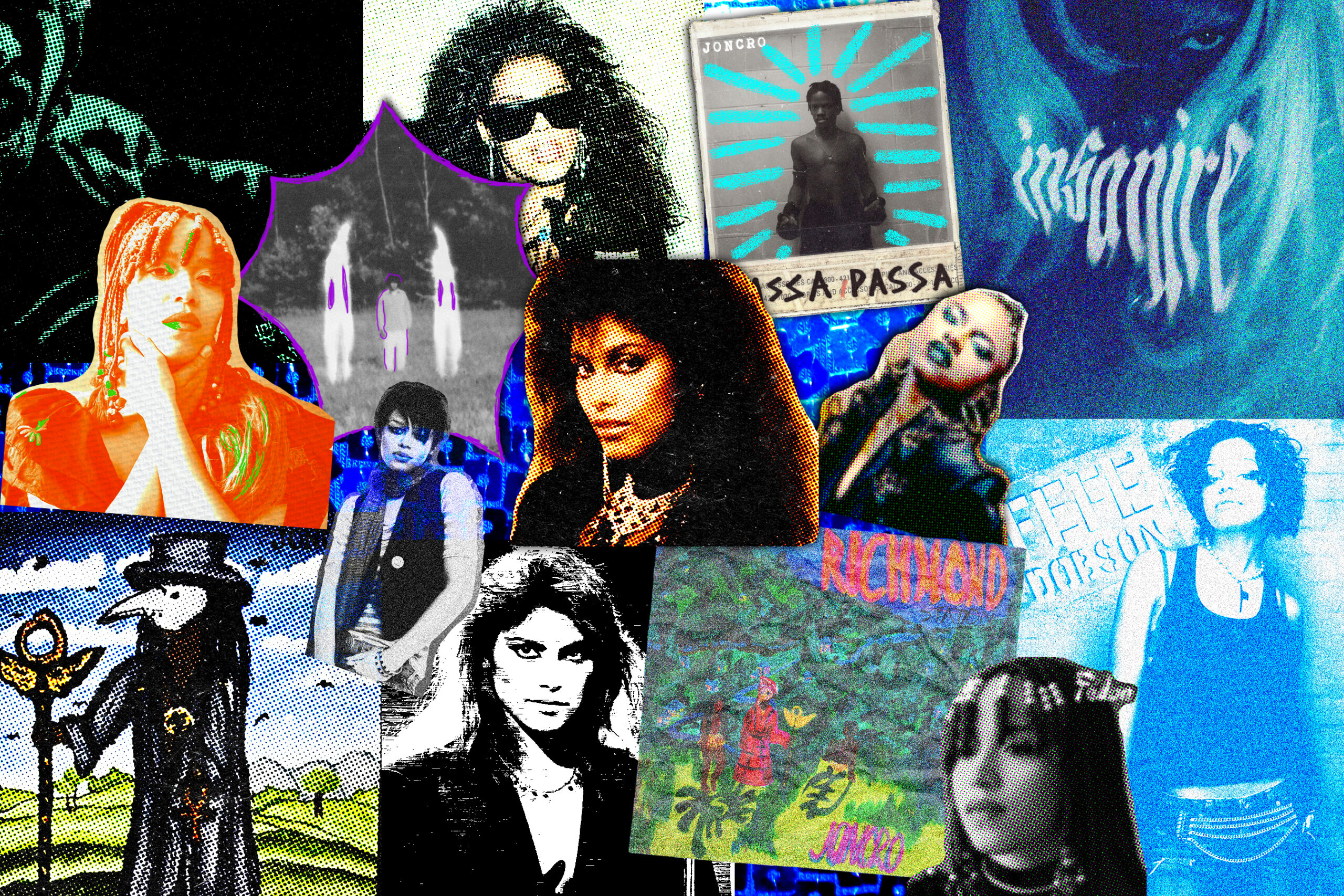By: Isabelle Kirkwood
Grade: A
Edge of the Knife is a 2018 Canadian drama film co-directed by Gwaai Edenshaw and Helen Haig-Brown. It is the first feature film spoken only in dialects of the Haida language. Set in 19th-century Haida Gwaii, it tells the classic Haida story of the traumatized and stranded man transformed to Gaagiixiid, the wildman.
Gwaii Edenshaw and Helen Haig-Brown’s Edge of the Knife (Haida: SG̲aawaay Ḵ’uuna) forges a new method of storytelling from a long since unheard corner of Canadian cinema. Set in the 19th century Haida Gwaii archipelago in the vividly rugged Pacific Northwest, the film centres around a small 19th century Haida community.
More pointedly, the film follows a narrative that draws parallels from a moral era akin to Crime and Punishment. The death of a local child drives our implicated protagonist, Adiits’ii, into torment and grief, as he absconds his people into the unforgiving wilderness. We follow his descent into madness as he is, in a sense, ‘swallowed whole’ by the wilderness that soon becomes his own hell.
The dramatic coastal landscape sits on what seems like the edge of the Earth. Vast temperate rainforest and rugged, inhospitable shoreline epitomize the brutal and violent forces of nature and guilt that possess the protagonist, transforming him into a feral pariah.
Adiits’ii’s character begins as incredulously charming, but as he descends into insanity, his character becomes more convincing. After the death of Adiitsi’ii’s young nephew, the film’s pace changes dramatically – the rather measured pacing of the community’s scenes breaths a sense of calm into the film. But the film abruptly kicks into action, as we see our now untamed protagonist tearing through harsh wilderness, covered in his own blood.
The film’s rather lurid imagery was able to effectively shock and disgust. By the time Adiits’ii returns to his community, every inch of his body is etched by dirt and blood trails. Urchin needles are protruding from his lips. The wilderness has turned the initially charming nobleman into a beast.
The acting throughout this film is rather strained, with many communal scenes opening with forced and prolonged laughter. The dialogue, too, is hard to relish – tone is lost in the actors’ ostensibly modest grasp of the challenging Haida language.
The film is the first to be scripted entirely in Haida. For this reason, it only seems to fair to cut the actors some slack for a seemingly rudimentary grasp of the dialect. Often times, tone is difficult to read, and dialogue is spoken with a trace of vacillation. I wish I could say this didn’t take away from the film, but it did.
The sound design is overbearing and often hyperbolic – Foley which should be ambient resonates more obnoxiously than it does evocatively. However, the sound design’s true victory is in its use of score. The rich percussive beat is an unfortunate dramatic trope in modern cinema, but works impeccably in Edge of the Knife. The unnerving turtle rattles, the haunting water drum and the rich vocal hums and whirrs seem to conduct Adiits’ii through his decline into a dark and otherworldly possession, and his community into a spell of grief and despair, without taking audience from its setting. Despite some of the paranormal elements of the film, many of its elements allow the story to maintain its realism.
This is an Indigenous film with an Indigenous cast and crew. It masterfully revives tradition and lore that remains culturally and historically relevant to Indigenous peoples in Canada. The fundamental clash between man and nature are omnipresent, themes of the turmoil of grief and one’s delivery from it are central. In this film, we are offered a dark and unnerving chronicle, where Indigeneity is not offered as a prop, trope or sideshow. Indigeneity is the main act.







